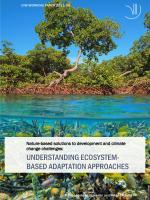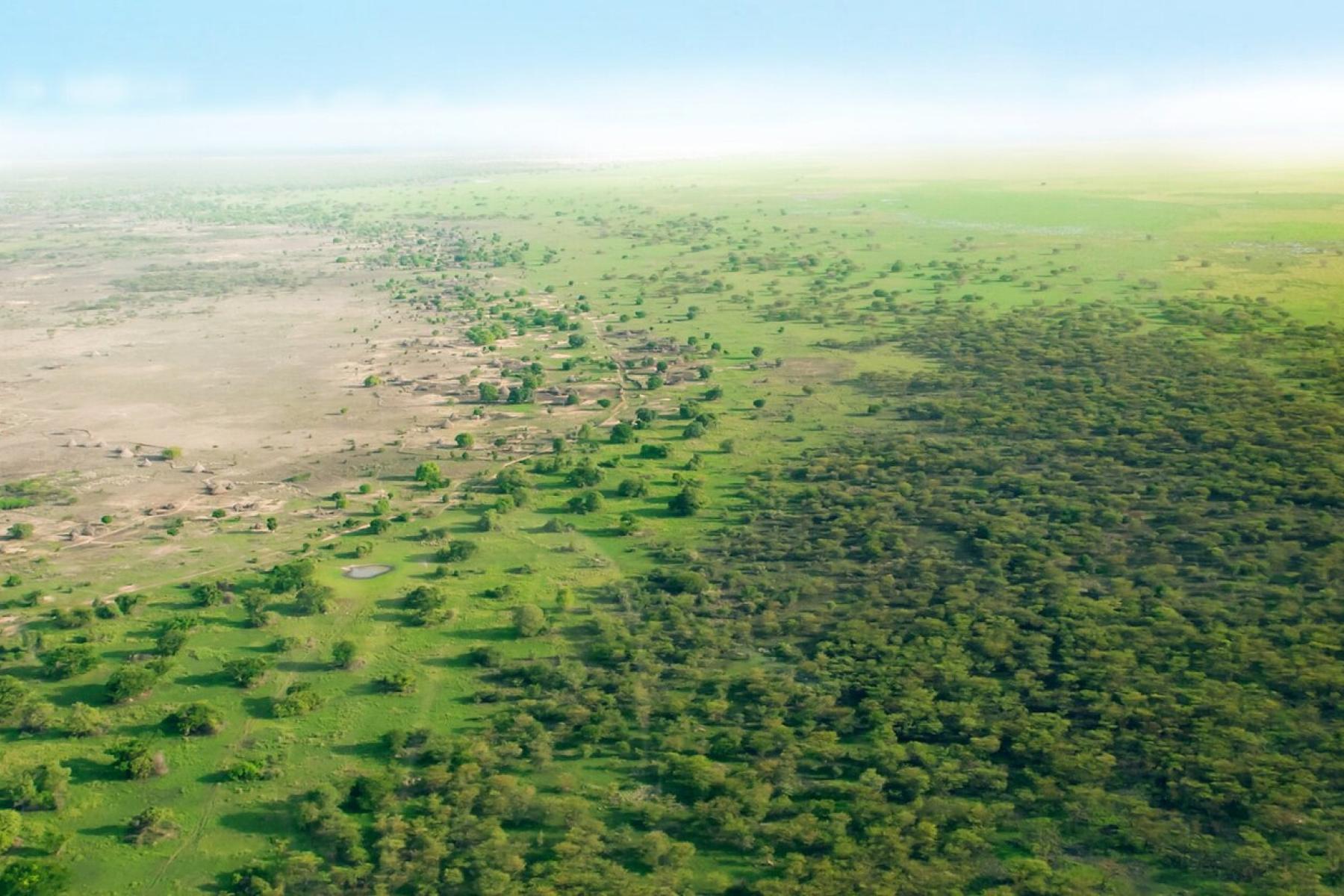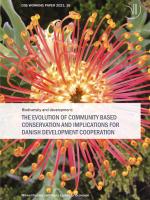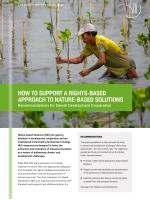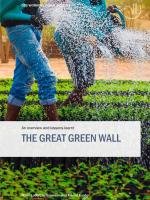The Great Green Wall
This DIIS Working Paper provides a status and overview of the Great Green Wall initiative since its inception in 2007 and considers whether such green mega-projects actually work. The original vision of the Great Green Wall project was to create a 15-km-wide vegetation barrier over a length of at least 7,000 km (later updated to 8,000 km) along the Sahel. The aim is to plant 100 million hectares of range and drylands trees and other types of vegetation, sequester 250 million tons of carbon and create 10 million local green jobs and income generating activities among affected communities.
As the initiative has developed, the aims and approach of the Great Green Wall have shifted towards a broader integrated ecosystem management approach, emphasising support to a mosaic of sustainable land use and production systems across the region and involving activities such as dryland management, regeneration of vegetation, water retention and ecosystem conservation. Due to the multiple countries, partners and programmes involved, a large variety of stated objectives and outcomes exist within activities that support the Great Green Wall. These do not always align, and in some cases, there appear to be inconsistencies and ambivalence between the various objectives of different partners. A range of other challenges are also considered, most of which transpire from the massive scale of the initiative and a tendency to simplify and generalise challenges. This leads to limited focus on the differences in the circumstances for each local implementation area along the green barrier with a variety of stakeholders, a multitude of land relations and extensive security concerns in some areas. That said, the initiative has also shown points of potential, especially as there has been a willingness to adapt and improve the approach.
Based on the overview, the paper draws out a set of initial lessons learnt and recommendations for further Danish support and involvement until the estimated finalisation of the Great Green Wall in 2030.
This paper forms part of a broader study conducted by DIIS with funding from Denmark’s Ministry of Foreign Affairs on selected aspects of Nature-based Solutions (NbS). It accompanies two other DIIS Working Papers, one addressing ecosystem-based adaptation (Gravesen and Funder, 2021) and another focusing on community-based biodiversity conservation (Funder and Gravesen, 2021), and a policy brief addressing rights within nature-based solutions (Funder and Gravesen, 2022).
This DIIS Working Paper has received financial support from the Ministry of Foreign Affairs of Denmark. It reflects the views of the authors alone.
DIIS Experts



